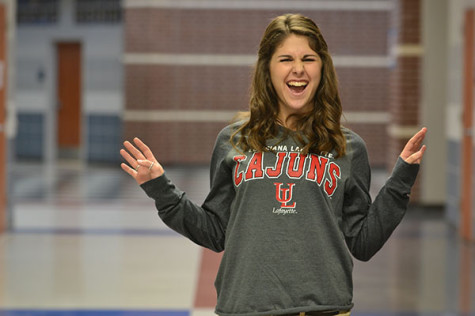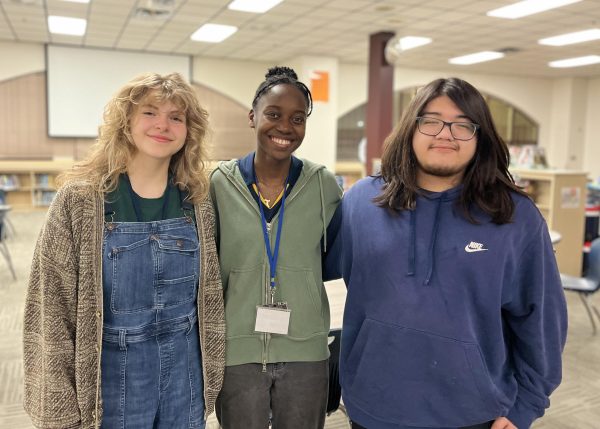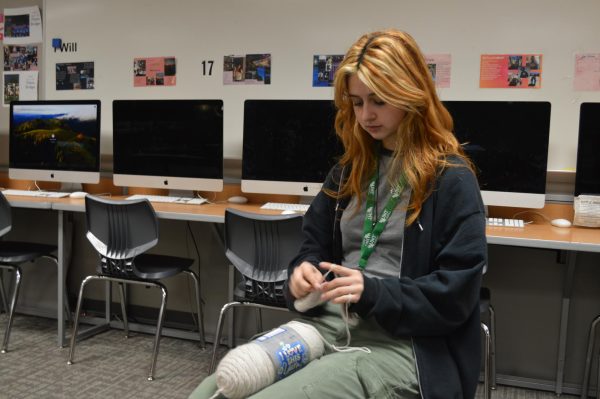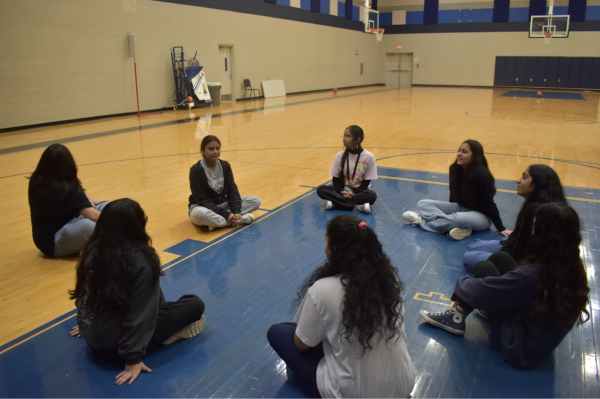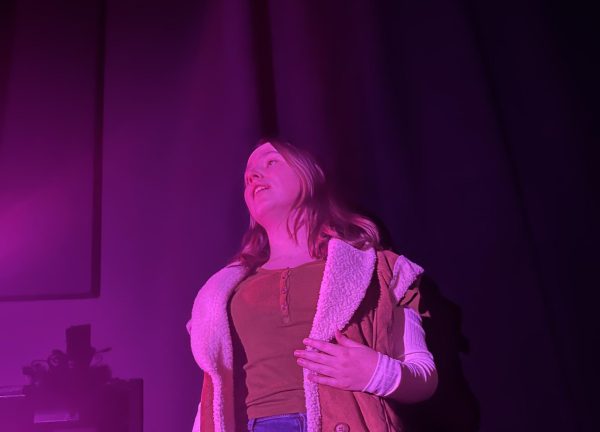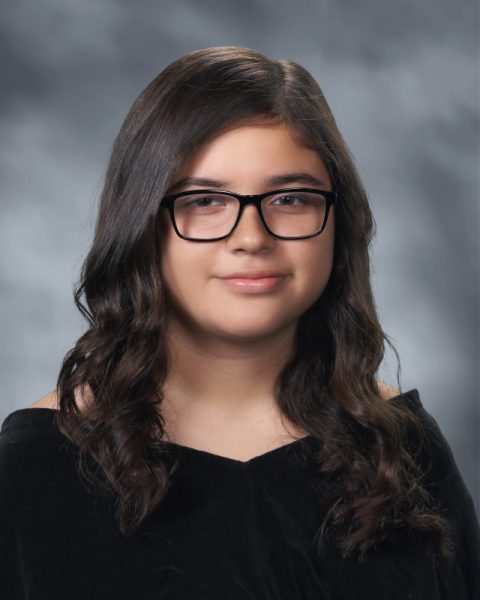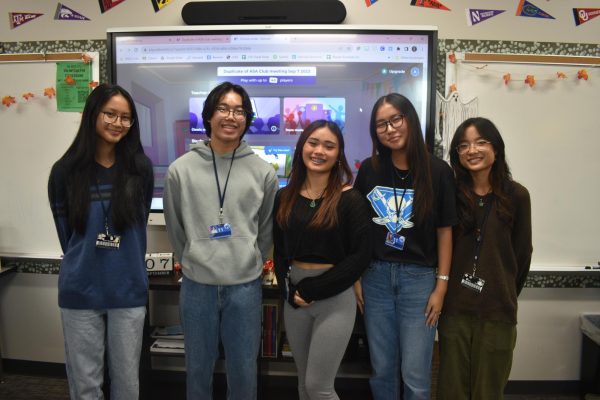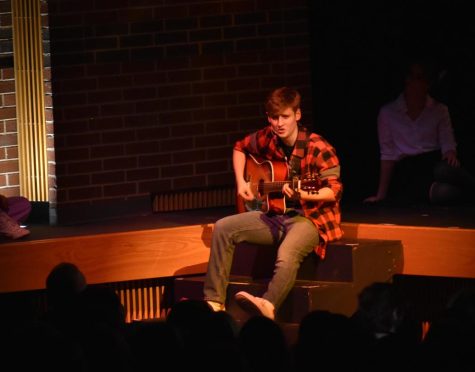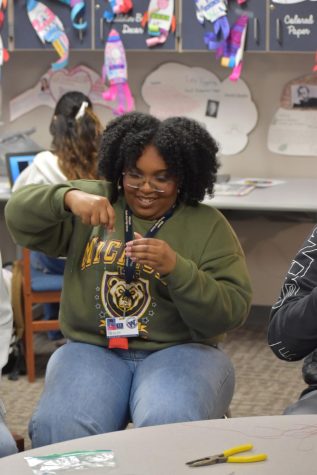Students experience effects of driving under the influence in simulation
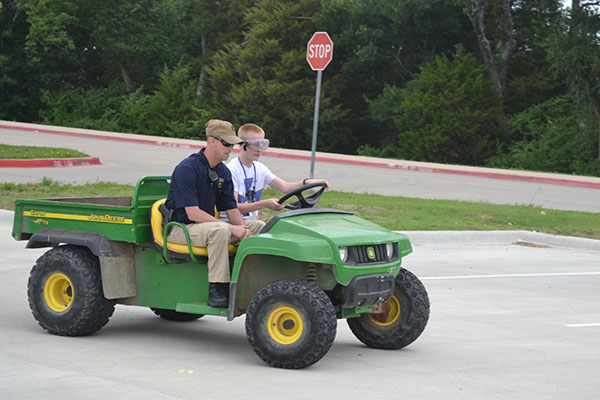
photo credit: Michael Turner
Defensive driving \\ Experiencing the effects of driving intoxicated, freshman Cameron Nardiello participates in the annual health class simulation.
May 29, 2014
Students sporting goggles which simulate the feeling of being under the influence of alcohol, jumped behind the wheel of the Gator and tried to weave in and out of an obstacle-course. The health classes along with their teacher Mrs. Angela Arp headed out to the auditorium parking lot to take a drunk test drive simulation on the Gator, under the supervision of School Resource Officer Shane Varner,
“The lesson is planed so that they realize what it’s like [to be under the influence] which then deters them from driving while drunk,” Arp said. “For some of them, what they think it’s like and then what they get the opportunity to see is very different.”
For some, like junior Miranda Wychulis, the goggles didn’t affect their driving skills as much as others. During Wychulis’s run, she only hit two cones while winding through the set-up course which replicates obstacles on the road in a real life situation.
“For the most part, I felt pretty normal,” Wychulis said. “At the same time it was hard to see and your brain feels confused, if that makes any sense. I would personally never drink and drive because so many people get in accidents.”
According to rita.dot.gov, every two hours three people are killed in alcohol-related highway crashes. Freshman Cameron Nardiello stepped out of the gator looking slightly off-balance while walking to meet his friends.
“I felt so dizzy,” Nardiello said. “Everything seems shifted over to your left and when you move your head the world seems to swirl around you. This definitely deterred me from drinking and driving, it’s one of the worst feelings I’ve ever felt.”
Although the lesson touches on a realistic topic, the students said they had fun with the activity while learning in a more relaxed environment.
“My favorite part is hearing students say things like ‘Where is the gas pedal? Where is the brake? How do I get in the car? Am I doing this right? How many cones did I hit?’” Arp said. “You can play that back and show them that if this was in the real world and they didn’t know where the gas pedal was, what other problems would they be facing? For some of them it’s about hearing their own words.”


